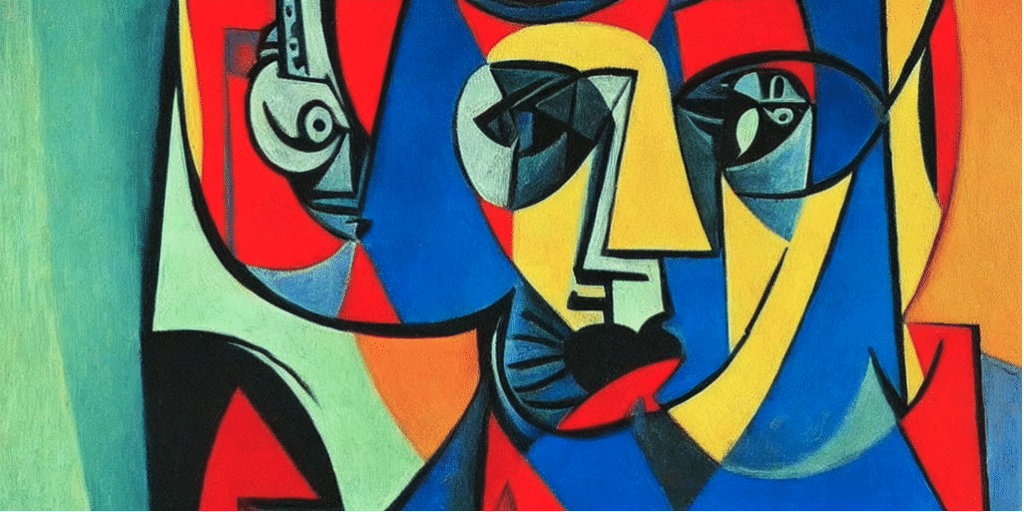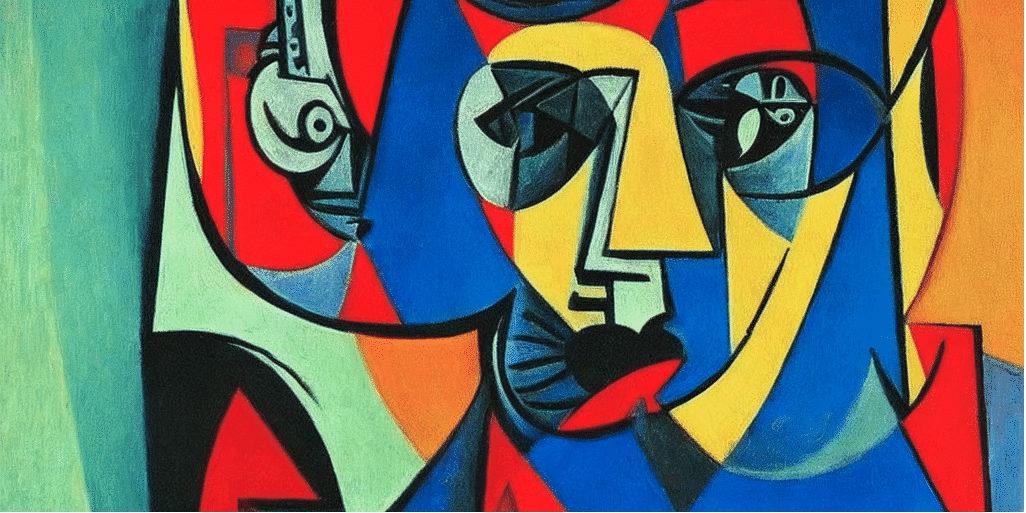
Instructional Design: What Is It And Why Should You Care?
Instructional design is the systematic process of creating learning materials. It includes instructional strategies, learning theory, the development of instructional models, and much more. Instructional designers can help educators develop content for all types of learners.
At its core, instructional design is about designing instructional experiences to meet specific needs or goals. Like any other design profession, it involves strategy, planning, conceptualization, execution, and evaluation. Instructional designers are experts in designing engaging lessons that are effective for different types of learners. Here are some tips on how you can use this knowledge to improve your own lesson designs.
The Importance of Instructional Design
The field of instructional design has grown over the last few decades to encompass a wide range of methods and techniques that can be used to design lesson plans, assessments, simulations, and games. No matter the project, the end goal is to create an effective learning experience for your students.
This blog post will help you understand what instructional design is and how it can be used in classrooms. From designing better lessons to understanding how technology can be incorporated into instruction, this blog post has everything you need to know about instructional design.
What is Instructional Design?
Instructional design is the design and creation of instructional materials—either an entire course or a single lesson. Instructional designers work with educators to develop curricula, instructions, and instructions for complex systems. Instructional designers know how to create different types of learning experiences for different types of learners. It’s not just about designing a course, but also about the pedagogy and delivery methods that will make it engaging and effective for students.
Instructional designers need to know how to create a lesson plan that incorporates all the necessary components: an instructional goal, a learning objective, and supporting material. Instructional design also involves developing instructional models, such as models for simulations and games. Instructional design is about designing experiences that are engaging and effective for different types of learners.
Join our Action-Packed 7-day Resilient Leader Challenge!
Each day presents a unique dare to stop, slow down, notice, feel, and connect. Hit the link 👇 to learn more.
What’s the Process of Instructional Design?
Instructional design is a systematic process. It starts with a set of instructional objectives and a curriculum. From there, the instructional designer will create a design that’s engaging and effective for the target audience. This includes designing activities and materials, as well as evaluating their effectiveness.
The instructional designer will plan for how the lesson will unfold, what form the materials will take, and how they’ll be delivered. The design process also takes into account how instructional objectives will be assessed.
If you want to develop a lesson plan, the first step is defining your objectives. What do you want your students to be able to do by the end of the lesson? How will they be able to demonstrate what they have learned? The next step is to design or select instructional strategies that will help your learners meet those objectives.
Next, you’ll need to plan your activities and materials. The instructional designer will need to know the purpose of each activity and what materials are necessary for it. Finally, you’ll need to evaluate your lesson design and determine if it effectively achieved its goals.
If you’re looking for some inspiration or ideas for what activities and materials might work for your lesson, instructional designers can help! Instructional designers know about current research on effective teaching
How to Improve Your Own Lessons
As an educator, instructional design can be used to make your lessons more engaging and effective. To do this, think about the needs of your learners and the goals of your lesson. What are your learners looking to learn? What are their goals? Think about what they want to get out of the lesson. Consider what type of learner they are. Is it a reading learner? A visual learner? An auditory learner? Look for ways to incorporate various types of learning to engage all learners.
If you’re looking for more ideas on how to improve your lessons, take a look at some instructional design principles. These principles can help you create more engaging lessons for your learners. A few principles to try include using multiple modalities, simple design, or even telling a story. You can also consider providing an overview, preview, or summary before the lesson to provide context. If you’re ready to get started, take a look at these instructional design principles to help create engaging lessons for all learners.
Conclusion
In conclusion, instructional design is an important aspect of any education. It is a process that should be given the proper time, effort, and respect to ensure that you are creating engaging and effective lessons. With the help of instructional designers, educators have the opportunity to create lessons that are more engaging and effective by understanding the different types of learners in their classrooms. This will in turn encourage students to retain the information they are learning. More importantly, it will allow for a more holistic education experience.
Stay Connected & Level Up Your Leadership with Bujoo!
Craving for more wisdom on leadership and team building? Sign up for our newsletter now and enjoy weekly nuggets, invigorating exercises, enlightening podcasts, and inspiring stories — your toolkit for becoming a better leader awaits.


























